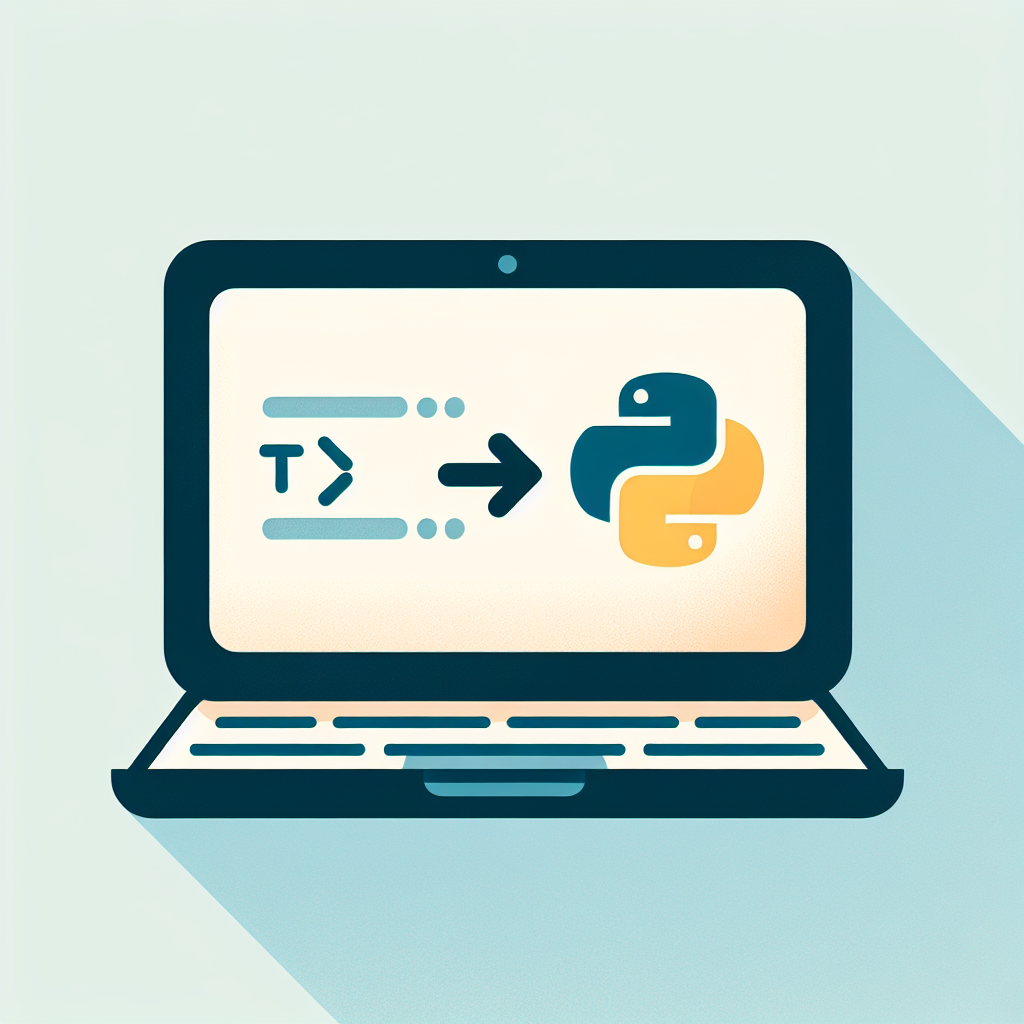Convert Objective C to Python Easily | Code Translator Tool
Effortlessly convert Objective C to Python with our powerful tool. Boost productivity and streamline your workflow. Try it now for seamless code transformation!
Source Code
Converted Code
Output will appear here...
Transform your Objective-C code to Python effortlessly with our powerful conversion tool. Ideal for developers looking to modernize applications or integrate with Python-based systems, this tool ensures seamless translation while preserving functionality. Enhance productivity and streamline cross-platform development with ease.

Objective-C to Python Conversion Tool Link to this section #
Effortlessly bridge the gap between Objective-C and Python with our powerful conversion tool. Designed for developers who need to translate code from one language to another, this tool simplifies the process, enhancing productivity and reducing manual effort.
Key Features Link to this section #
- Automatic Syntax Conversion: Transforms Objective-C syntax into Python seamlessly, maintaining the structure and logic of the original code.
- Optimized for Readability: Ensures the converted Python code is clean, readable, and follows best practices.
- Error Detection: Highlights potential issues during conversion, providing insights and suggestions for optimization.
Conversion Benefits Link to this section #
- Efficiency: Saves time by automating tedious manual translation tasks.
- Consistency: Provides uniform conversion practices across projects.
- Accessibility: Makes Objective-C projects accessible to Python developers, fostering collaboration.
Sample Conversion Link to this section #
Convert a simple Objective-C snippet to Python:
Objective-C:
#import <Foundation/Foundation.h>
int main() {
@autoreleasepool {
NSLog(@"Hello, World!");
}
return 0;
}
Python:
def main():
print("Hello, World!")
if __name__ == "__main__":
main()
How to Use Link to this section #
- Input Code: Paste your Objective-C code into the input field.
- Convert: Click the 'Convert' button to transform your code into Python.
- Review and Refine: Check the output for accuracy and make any necessary adjustments.
Additional Resources Link to this section #
By leveraging this tool, developers can efficiently transition between Objective-C and Python, tapping into the strengths of both languages for their projects. Whether you're maintaining legacy code or integrating new features, this conversion tool is your go-to resource for seamless language translation.
Frequently Asked Questions
How can I convert Objective-C code to Python?
To convert Objective-C code to Python, you need to manually rewrite the code, as there is no automated tool for direct conversion. You should understand both languages and translate the logic accordingly, making use of Python's libraries and syntax.
What are the main differences between Objective-C and Python?
Objective-C is a compiled language primarily used for macOS and iOS applications, known for its performance and integration with Apple's frameworks. Python is an interpreted language, known for its simplicity and versatility across various platforms. Key differences include syntax, memory management, and the typical use cases each language caters to.
Why might someone want to convert an application from Objective-C to Python?
Converting an application from Objective-C to Python might be desired for various reasons, such as leveraging Python's simplicity and broad range of libraries, improving cross-platform compatibility, or if the project requirements have shifted towards using machine learning or data analysis, areas where Python excels.